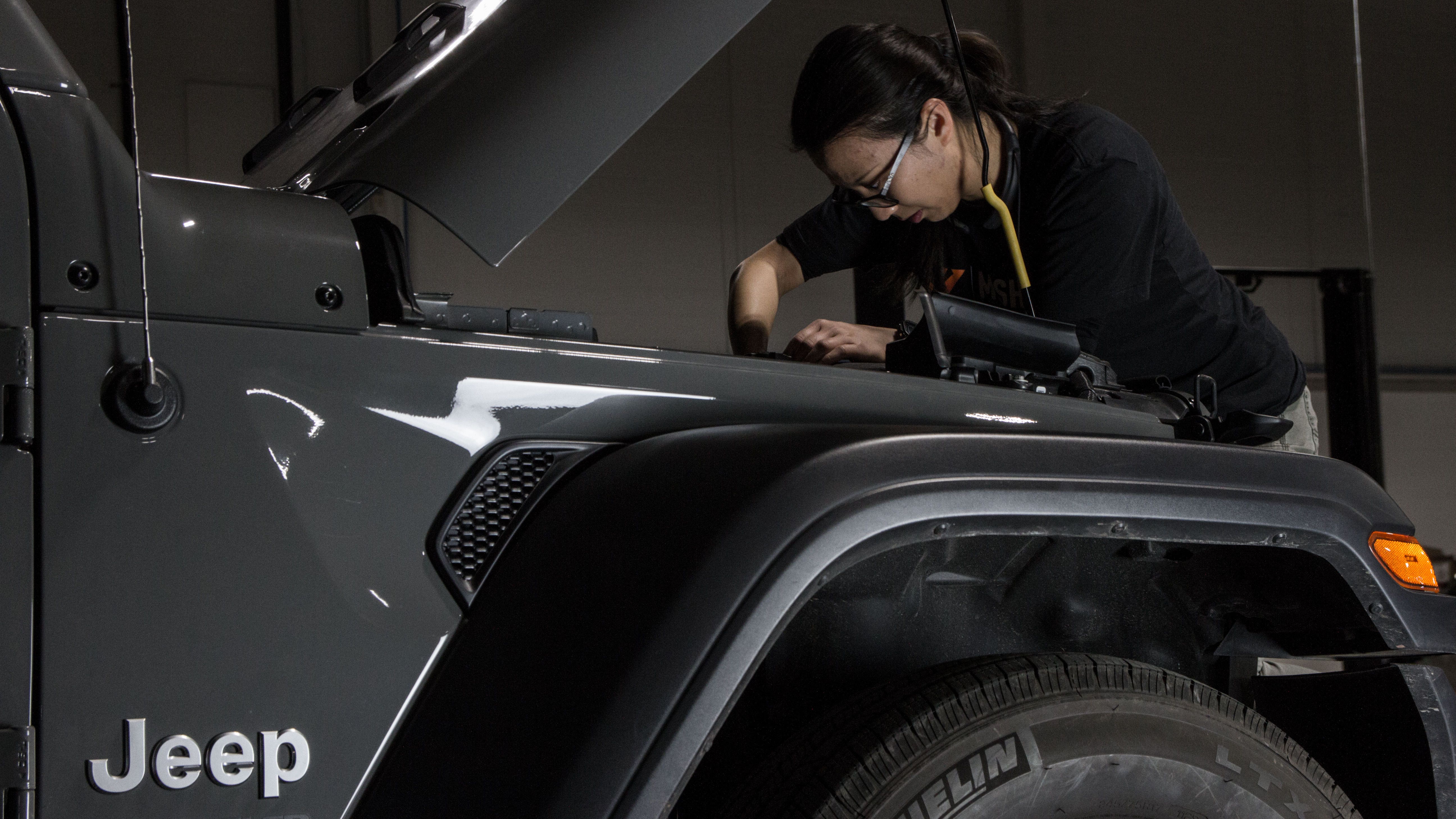
Breathing Fresh Air - Intake R&D, Part 7: Troubleshooting
It's the challenges that make life exciting. Doing the same thing over and over gets tedious, but if you seek out challenges, life begins to get interesting. When we last talked about our 2018+ Jeep Wrangler 2.0L intake, things were starting to get very interesting.
The last post saw our prototypes hitting the dyno to see if our efforts had paid off. Despite a 20% increase in flow over the stock intake, there was no massive improvement in power with either prototype. Both prototypes did let out a little more sound from the turbo, however. While the lack of power increase wasn't surprising (as explained in the last post), looking at the resulting dyno graphs did show an unexpected trend. Though peak power didn't increase or decrease compared to the stock intake, it did move later in the RPM range. Much later.
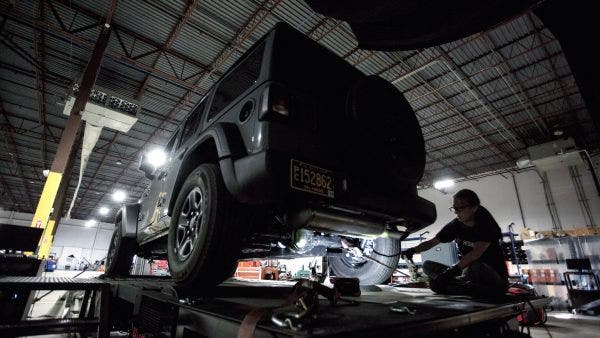
Where the stock intake hit peak power at a very usable 3,250 RPM, our intakes were making peak power at 4,500 RPM. This may not sound like a big deal but moving peak power that late in the RPM range would negate all the work FCA did to make the 2.0T Hurricane better than the laggy turbo engines of the past. With our initial dyno runs complete, we had a new goal: find the cause of the power lag and fix it.
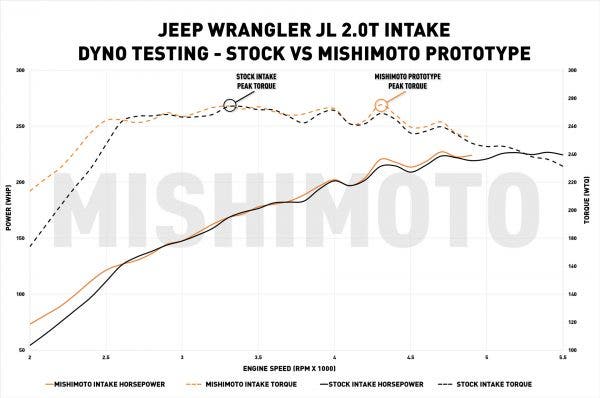
To find the answer, we turned back to the stock intake. Aside from the necessities"the intake air temp sensor and the CCV pressure sensor mount"our intake included most of the features from the stock intake that could affect performance. One of our intake prototypes even included the stock turbo muffler with no change in performance. After a quick look at the stock intake, we noticed that the only components not included on the Mishimoto prototypes were three cylinders branching off the main intake tube.
These aptly named branch resonators serve multiple purposes. Like the turbo muffler, they add volume to the intake tube to change the resonant frequency and cancel out tones that most owners would consider noise. After some research, however, we found another important function of the branch resonators.
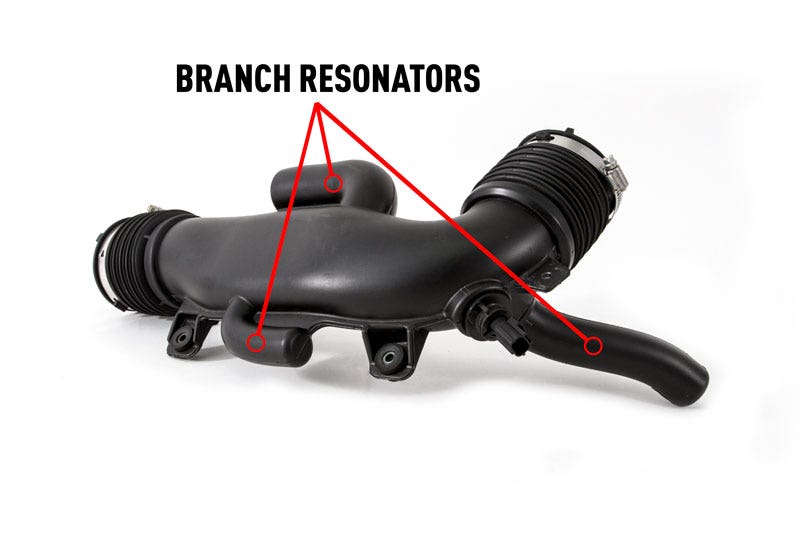
Like anybody who's ever built a high-performance engine knows, intake runner length plays a huge role in engine performance. As we've said many times before, engines are, in their simplest form, just air pumps. The more air you can cram in and push out, the more power you can make. The ratio of the amount of air that the piston draws in comparison to the volume of the cylinder is known as "volumetric efficiency." Turbocharging is one way to increase the volumetric efficiency of the engine, but tuning the length of intake runners can have a similar effect without all the complications of forced induction.
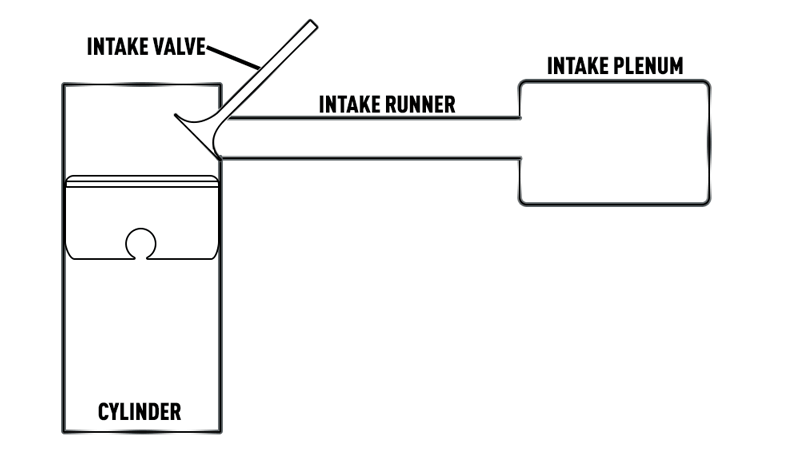
The principal behind intake tuning is simple: the air being drawn in by the piston builds momentum as it's pulled into the cylinder. When the intake valve closes, some of that air is trapped in the intake runner and because that trapped air has momentum, it builds up behind the valve. This buildup creates a slug of high-pressure air that bounces off the valve and travels back toward the intake plenum. The high pressure continues to bounce off the plenum and heads back toward the cylinder. If the valve stayed closed, the high-pressure slug would continue to bounce back and forth, eventually losing its momentum and dissipating. But, by changing the length of the intake runner and the size of the intake plenum, we can change the amount of time it takes to bounce back to the valve. If tuned correctly, we can time that slug of high-pressure air to hit the valve as it's opening, forcing more air into the cylinder than the piston draws in by itself.
Tuning of the intake runners can have a major impact on where in the RPM range peak power is achieved. As the engine revs faster, the waves of high-pressure air become more frequent, the intake valve opens and closes faster, and the time available to get that slug into the cylinder shortens. Therefore, the length of the intake runners needs to be tuned to the frequency of the intake valve opening so that the high-pressure air reaches it in time. In general, a long intake runner will push peak power into the lower RPM range, whereas a short runner will target higher RPM ranges.
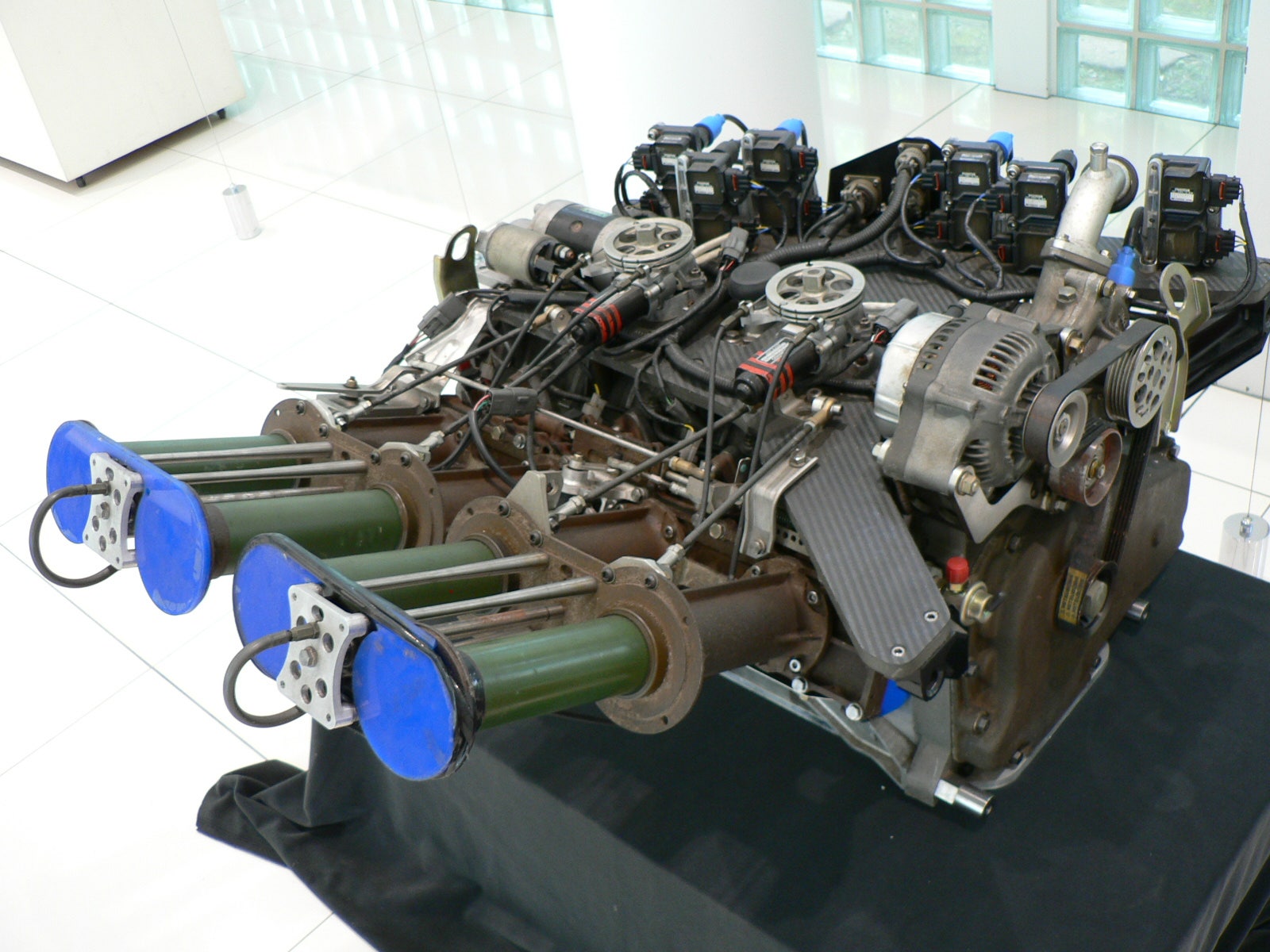
So, what does this have to do with those branch resonators on the stock intake? Aside from changing the resonant frequency of the intake tube to cancel out noise, the branch resonators help reflect that high-pressure air slug. As the intake charge rushes past the resonator, some of the charge fills the resonator, creating a high-pressure zone. When the high-pressure air bounces back from the valve, it tries to enter the resonator, but the high pressure in the resonator bounces it back out.
The speed at which the slug returns to the valves depends on a multitude of factors, including air temperature and pressure, the volume of the resonator, the length of the neck connecting it to the main intake tube, and the diameter of that neck. This concept is known as Helmholtz resonance and, just like intake runner length can be tuned, the resonator's frequency can be tuned to affect how long it takes for the high-pressure slug to reach the valve and what RPM peak power is achieved.
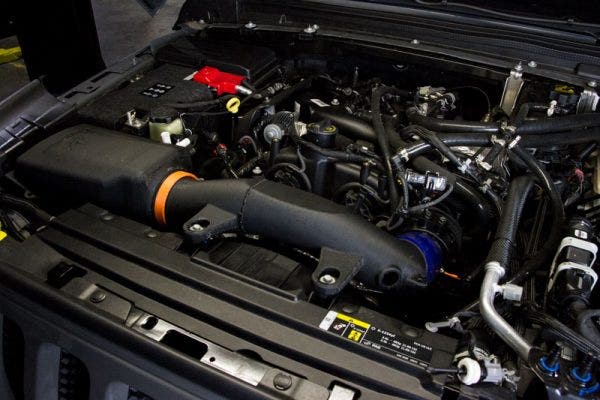
By removing the branch resonators, we altered the rate at which high-pressure air returned to the cylinders. We knew we needed to add at least one resonator to correct this and move power back into the useable range, but because we're dealing with a 4-cylinder engine and an entire turbo system between the resonators and the cylinder, we couldn't just replicate the stock resonators.
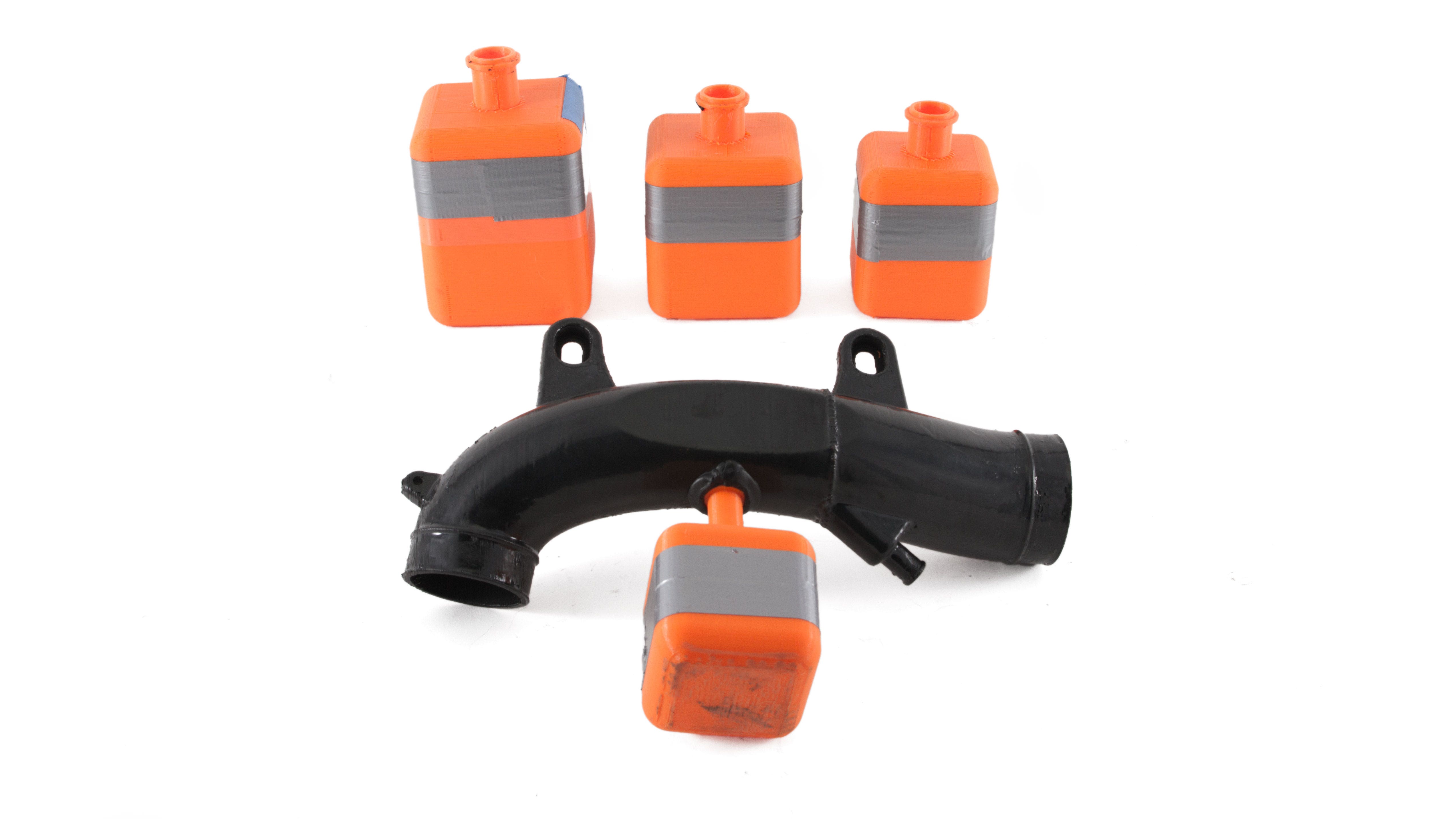
Instead, our engineer ran through some calculations and came up with a method to find the best resonator. We would 3D print multiple resonators with different characteristics and compare their effect on the powerband. From those results, we could determine the best resonator design for our intake. In the next post, we'll test those 3D-printed resonators and try to move the power back where FCA put it in the first place. In the meantime, feel free to ask any questions you may have and let us know what you think!




